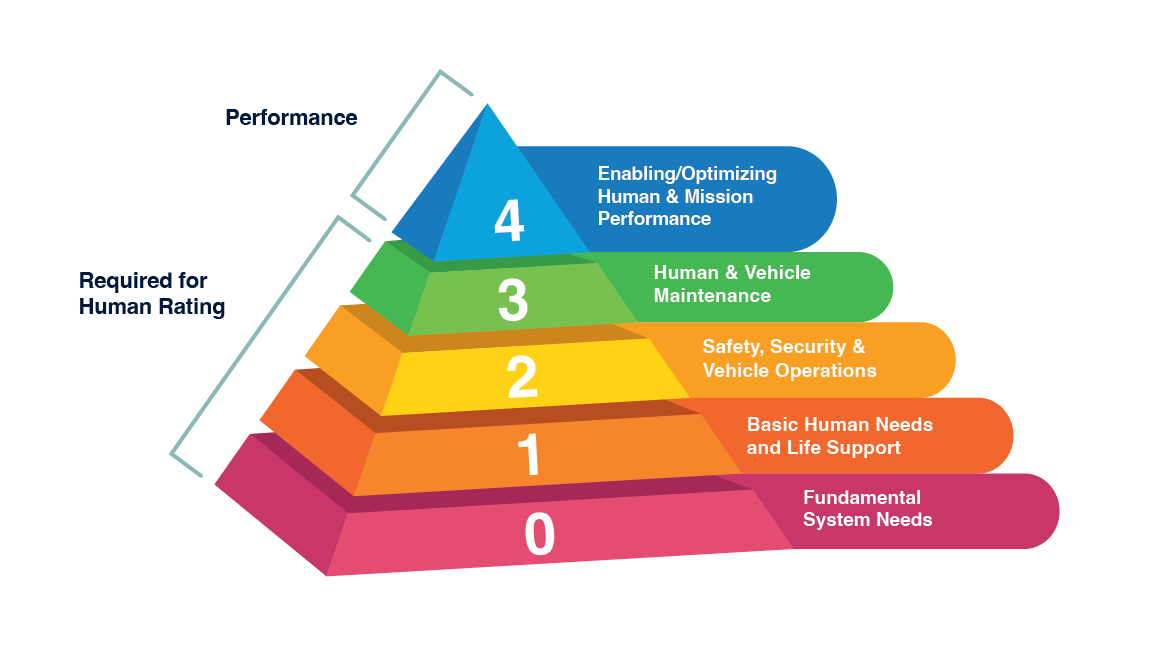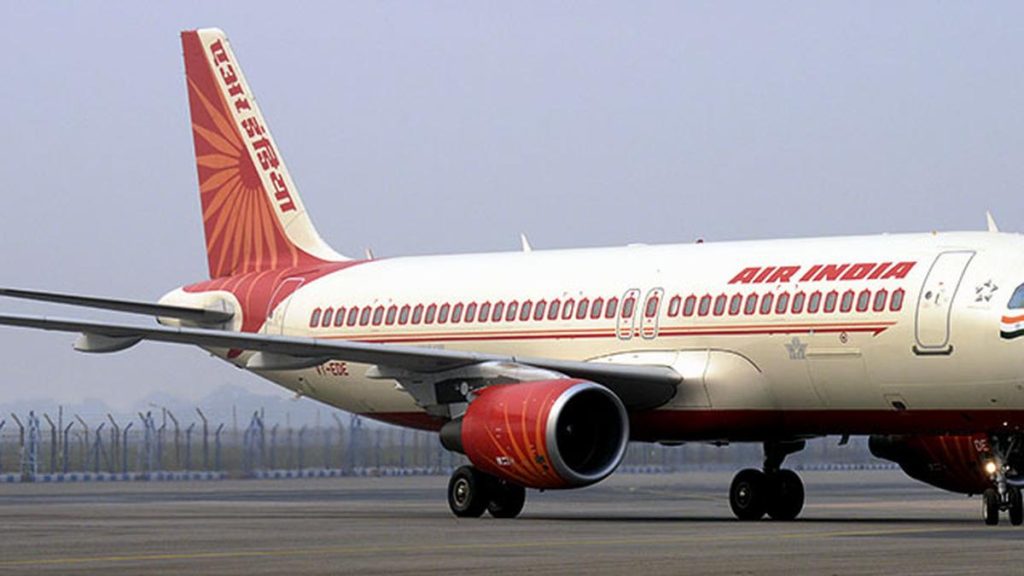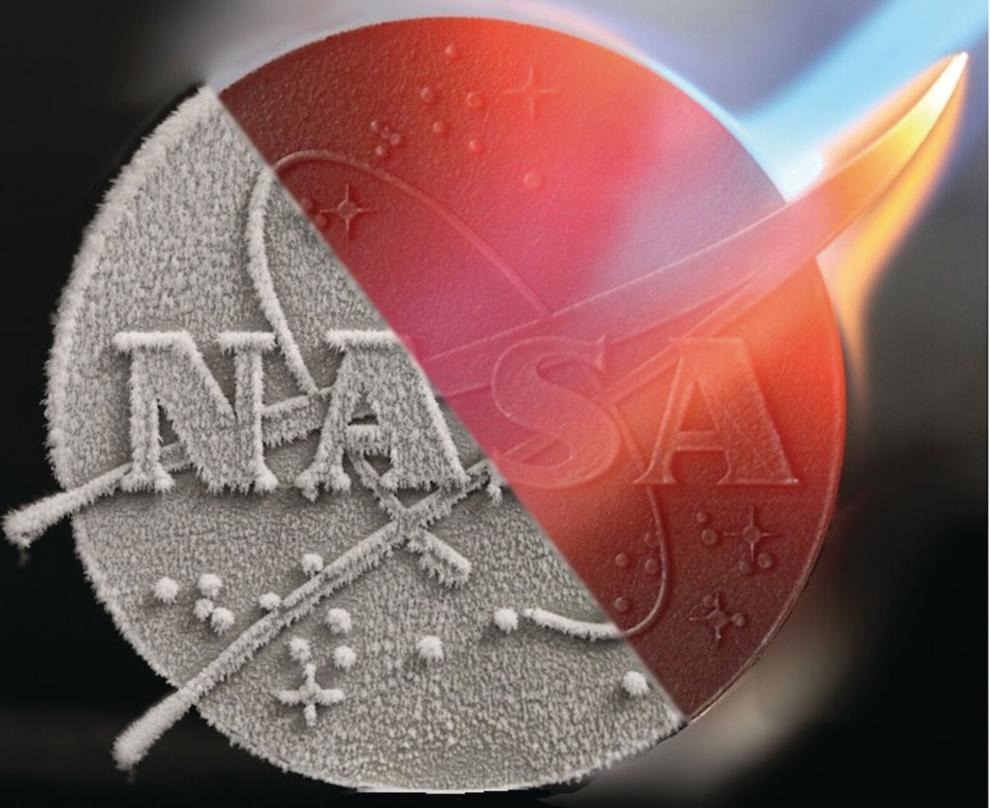Now Reading: NASA’s Human Rating and Safety Standards: Exploring NASA-STD-3001
-
01
NASA’s Human Rating and Safety Standards: Exploring NASA-STD-3001
NASA’s Human Rating and Safety Standards: Exploring NASA-STD-3001

Quick Summary
- Human-rating Certification: NASA uses human-rating certification to validate the safety, reliability, and suitability of space systems for human use. It ensures these systems protect human life while accommodating human needs.
- Standards: NASA’s guidelines include a maximum allowable probability of crew loss (1 in 500 for ascent/descent) and focus on risk-informed design, fault tolerance, and recovery abilities. Major procedural documents include NPR 8705.2C, NASA-STD-8719.29, and NASA-STD-3001.
- Evolution: Human-rating standards have gradually expanded from basic survival measures to interdisciplinary requirements across engineering, medicine, and operations that optimize human function in critical environments.
- Process: The certification involves complete testing such as simulations, flight tests, integrated safety reviews, continuous monitoring during operational phases, and configuration management to maintain system integrity.
- NASA’s Approach: Human-rating fosters a cultural emphasis on crew safety with shared obligation across all levels of mission teams-design engineers to operators.
- Integration Support: Cross-document reviews help programme teams integrate relevant health and performance standards into system designs.
Indian Opinion analysis
Human-rating standards are crucial for ensuring safe space exploration missions globally; they emphasize both technical excellence and the integration of human capabilities into extreme environments like space. For india-a developing but enterprising player in the space sector-the principles outlined by NASA provide meaningful benchmarks as ISRO increasingly ventures into manned missions like Gaganyaan.
The rigorous process described can serve as a useful roadmap for ISRO’s own efforts at designing resilient systems suited not only for low-Earth orbit but future deep-space endeavors. Aligning with global best practices would standardize approaches but adapting them sensibly to local constraints will remain integral to India’s progress in human-rated spaceflight technologies.




























